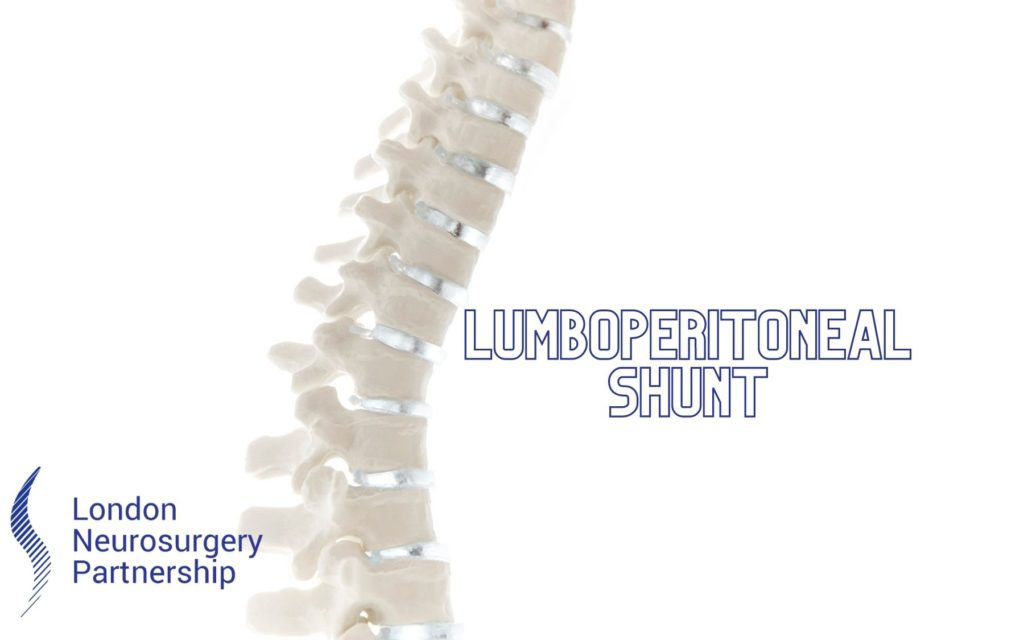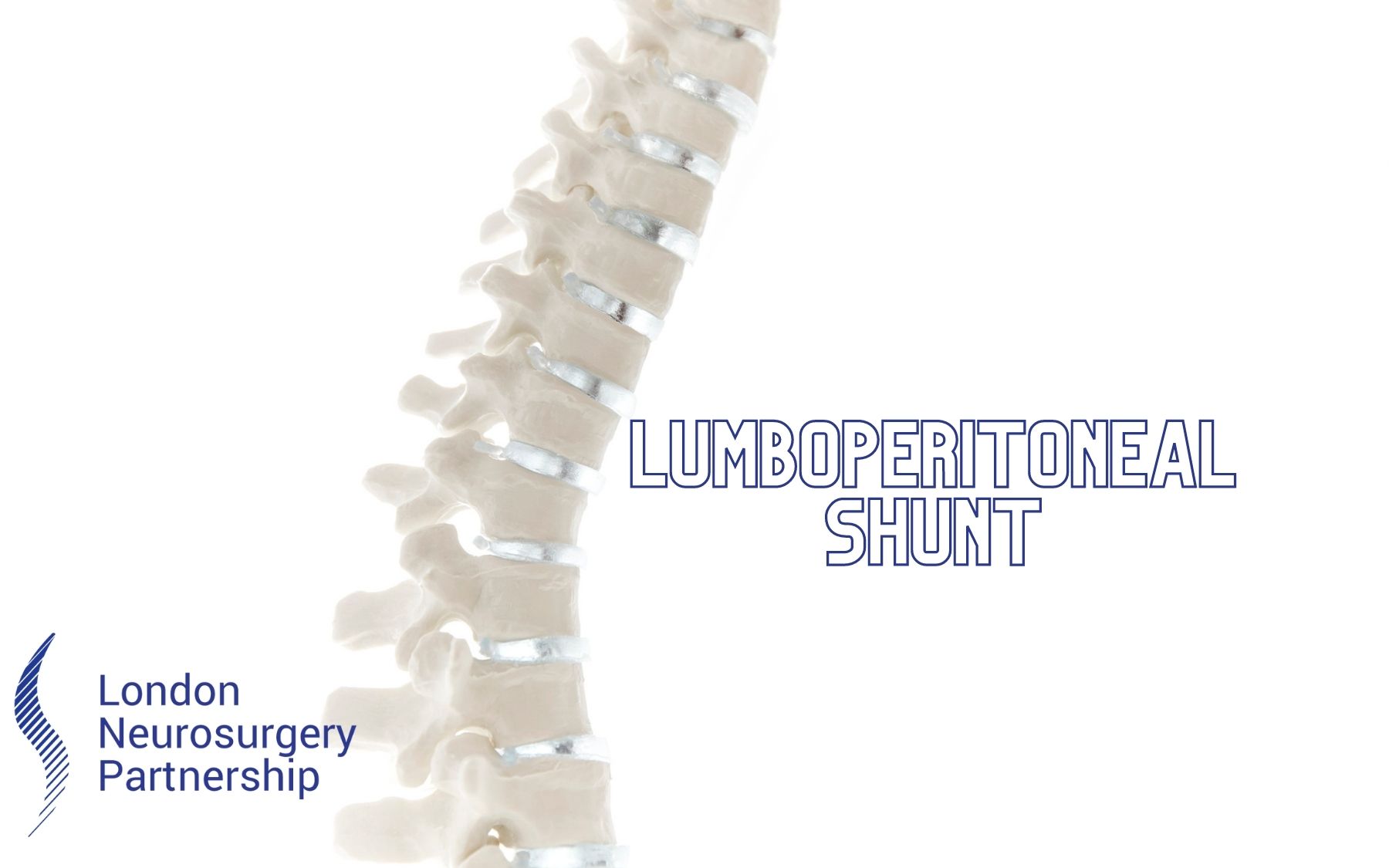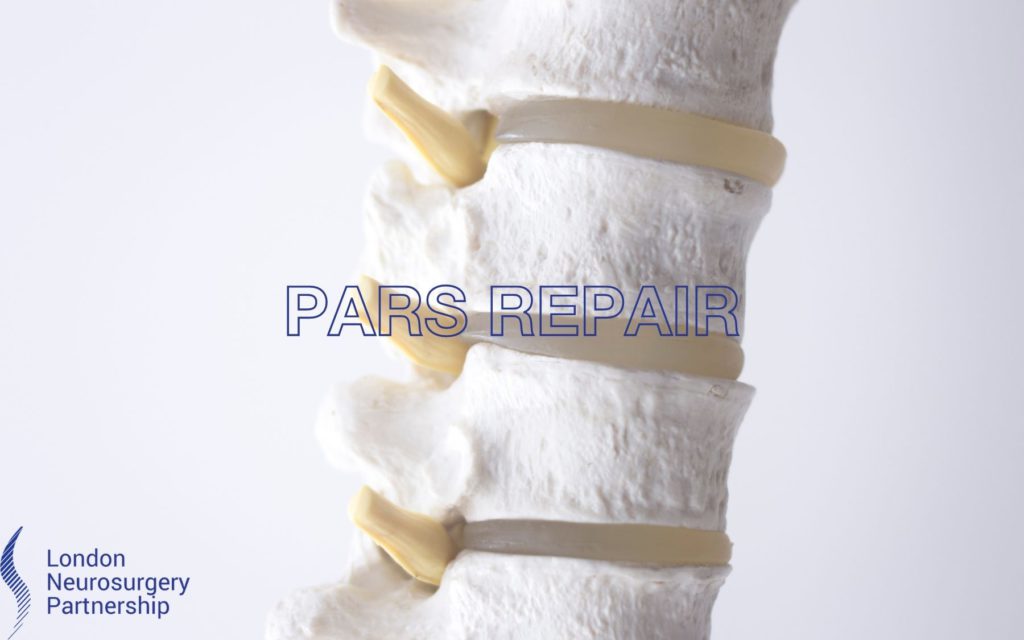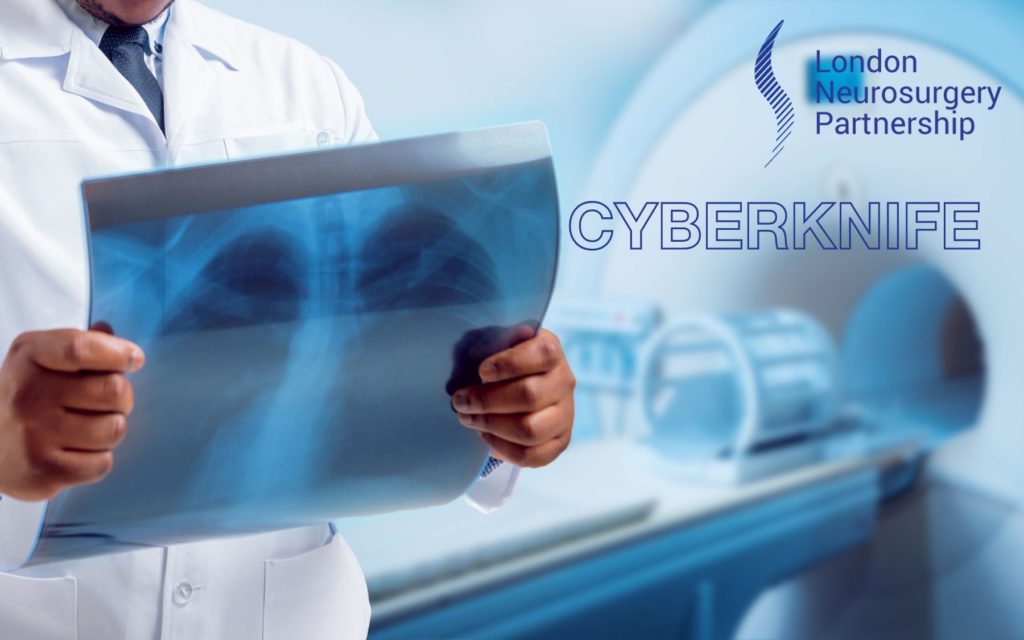
An LP or lumboperitoneal shunt is a tube that drains CSF (cerebrospinal fluid) from the space in the lumbar spine to the abdominal cavity. This can be used as a treatment for patients with CSF leakage or idiopathic intracranial hypertension (IIH). IIH isa build up of pressure around the brain resulting in symptoms including constant throbbing headache, feeling nauseous, sickness, dark or greyed vision. It can be a result of many thinks including a blood clot, hydrocephalus or infection.
Before lumboperitoneal shunt surgery starts the patient is positioned and the surgical site is prepped and cleaned. This operation is done under general anaesthetic. During the procedure the surgeon will connect a tube from the CSF space in the lumbar spine (this is the lower back area of the spine) to the abdomen. To do this a small incision is made near the base of the spine to insert a small tube into the subarachnoid space. The valve is attached to the end of the tube and is usually placed near the hip. The other end of the tube is tunnelled under the skin into the abdominal cavity – this is where the fluid will drain to.
After surgery you will go to the recovery area to wake up and be under close observation for an hour or so before being moved to your room where you will recover for a couple of days before being able to go home.
Any surgery carries some risk, but lumboperitoneal shunts have been used routinely to effectively treat IIH for many years. Some of the complications can include:
- Valve obstruction
- Shunt infection
- Overdrainage
- Intracranial bleeding (acute or delayed)
This article is intended to inform and give insight but not treat, diagnose or replace the advice of a doctor. Always seek medical advice with any questions regarding a medical condition.






0 Comments